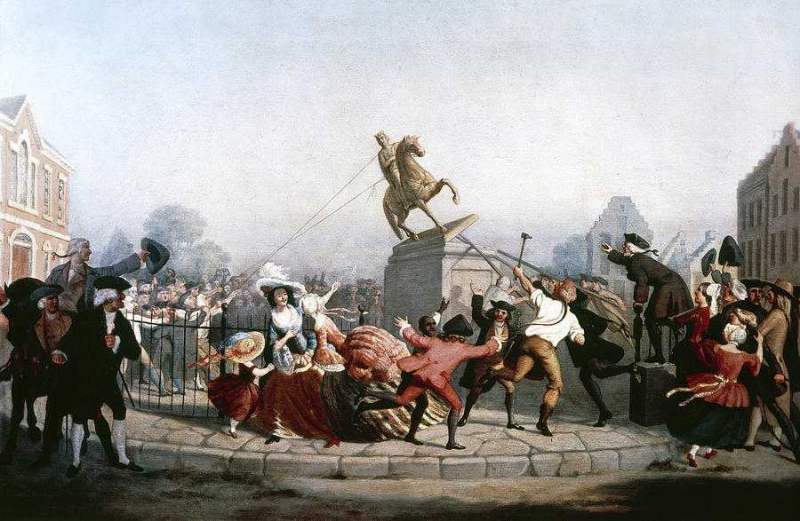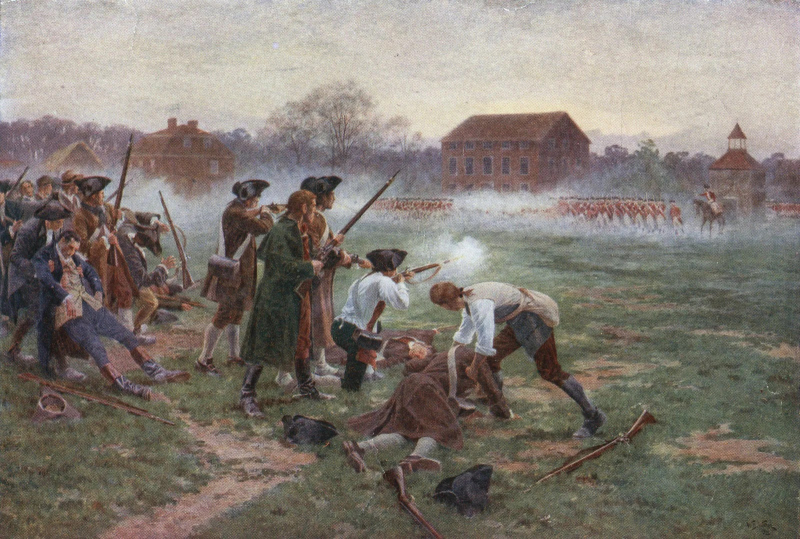The British tried to revitalize their war effort by launching the Southern Campaign.
For the first four years of the American Revolution, British efforts were focused primarily on the Middle Colonies and Northern Colonies. To many members of the Cabinet, New England was the problem child that they could not discipline. It seemed as if this entire rebellion manifested itself in New England—from the Boston Tea Party to the Boston Massacre and the Battles of Lexington & Concord—New England was the hotbed of hotheads. Therefore, Crown leadership believed that isolating New England, the hotbed of the Patriot fervor, from its sister colonies would bring a quick end to the conflict. A new strategy was needed if the British Empire in North America was to remain mostly intact. The strategy is call "the Southern Campaign", or the "the Southern strategy".
The British captured New York City in 1776 and the American capital of Philadelphia in 1777. Despite these advances, a British army surrendered at Saratoga and Sir William Howe and Sir Henry Clinton had been unable to destroy Gen. George Washington’s Continental Army. By the fall of 1779, Washington had fought the British to a standstill. To revive British fortunes, Clinton set out to conquer the South. With the capture of Georgia, the Carolinas, and Virginia, the British believed that the other colonies would capitulate.












